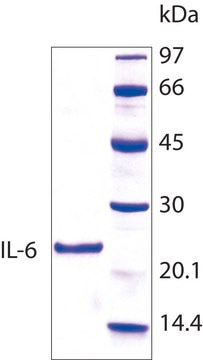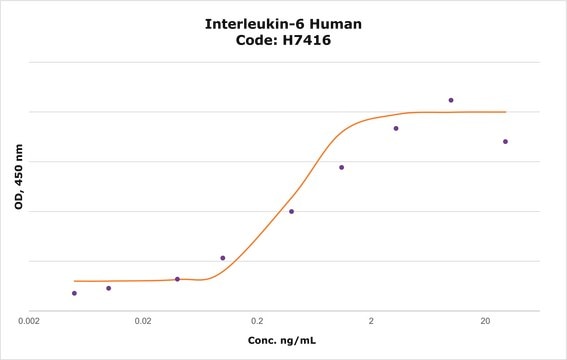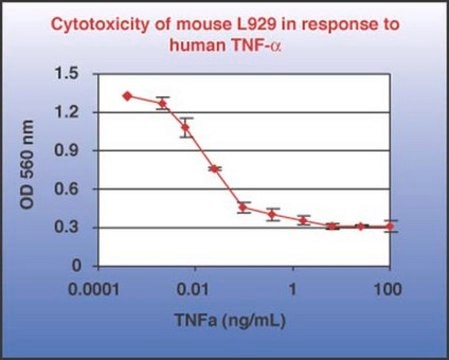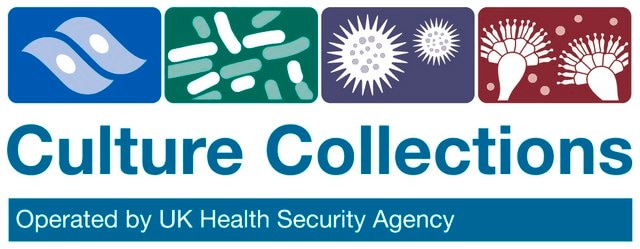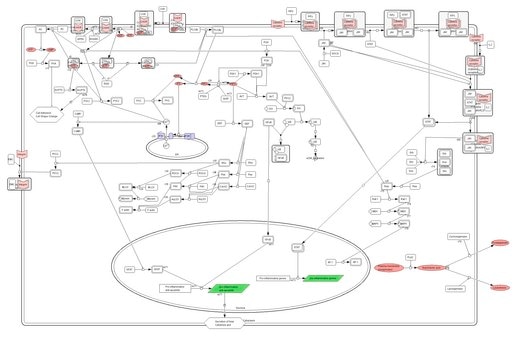SRP3096
Interleukin-6 human
Animal-component free, recombinant, expressed in E. coli, suitable for cell culture
Synonym(s):
Interleukin-6 human, IL-6
About This Item
Recommended Products
biological source
human
Quality Level
recombinant
expressed in E. coli
assay
≥95% (SDS-PAGE)
form
lyophilized
potency
≤2.0 ng/mL ED50
mol wt
20.9 kDa
packaging
pkg of 100 μg
pkg of 20 μg
technique(s)
cell culture | mammalian: suitable
impurities
≤1 EU/μg endotoxin, tested
UniProt accession no.
shipped in
wet ice
storage temp.
-10 to -25°C
Gene Information
human ... IL6(3569)
Looking for similar products? Visit Product Comparison Guide
Related Categories
General description
Application
Biochem/physiol Actions
Packaging
Sequence
Physical form
Reconstitution
signalword
Warning
hcodes
Hazard Classifications
Eye Irrit. 2 - STOT SE 3
target_organs
Respiratory system
Storage Class
11 - Combustible Solids
wgk_germany
WGK 1
flash_point_f
Not applicable
flash_point_c
Not applicable
Certificates of Analysis (COA)
Search for Certificates of Analysis (COA) by entering the products Lot/Batch Number. Lot and Batch Numbers can be found on a product’s label following the words ‘Lot’ or ‘Batch’.
Already Own This Product?
Find documentation for the products that you have recently purchased in the Document Library.
Customers Also Viewed
Protocols
Perform colorimetric assays for nonradioactive quantification of cellular proliferation, viability, and cytotoxicity for adherent or suspension cells cultured in 96-well microplates.
Our team of scientists has experience in all areas of research including Life Science, Material Science, Chemical Synthesis, Chromatography, Analytical and many others.
Contact Technical Service